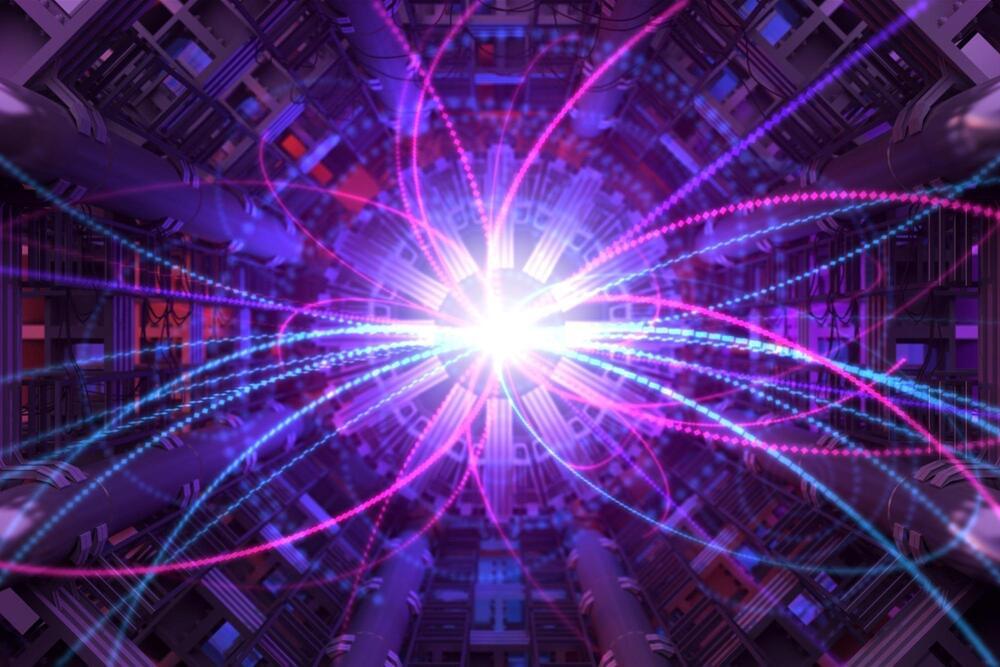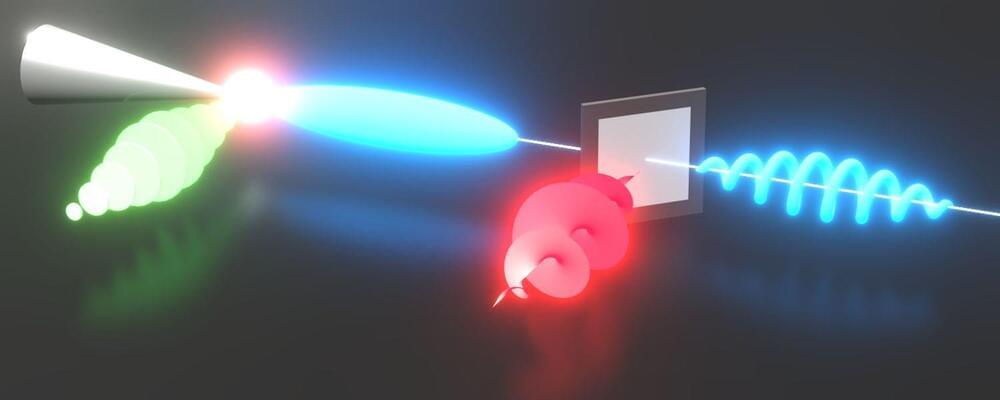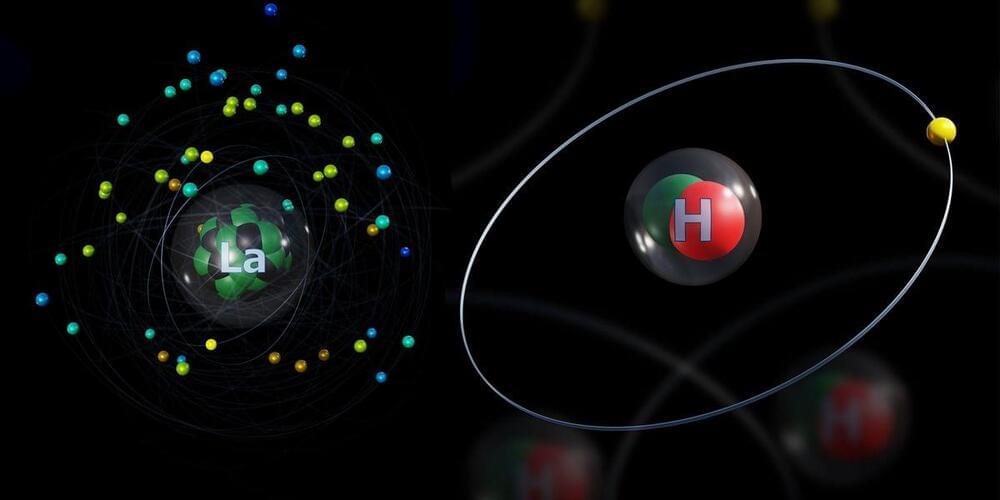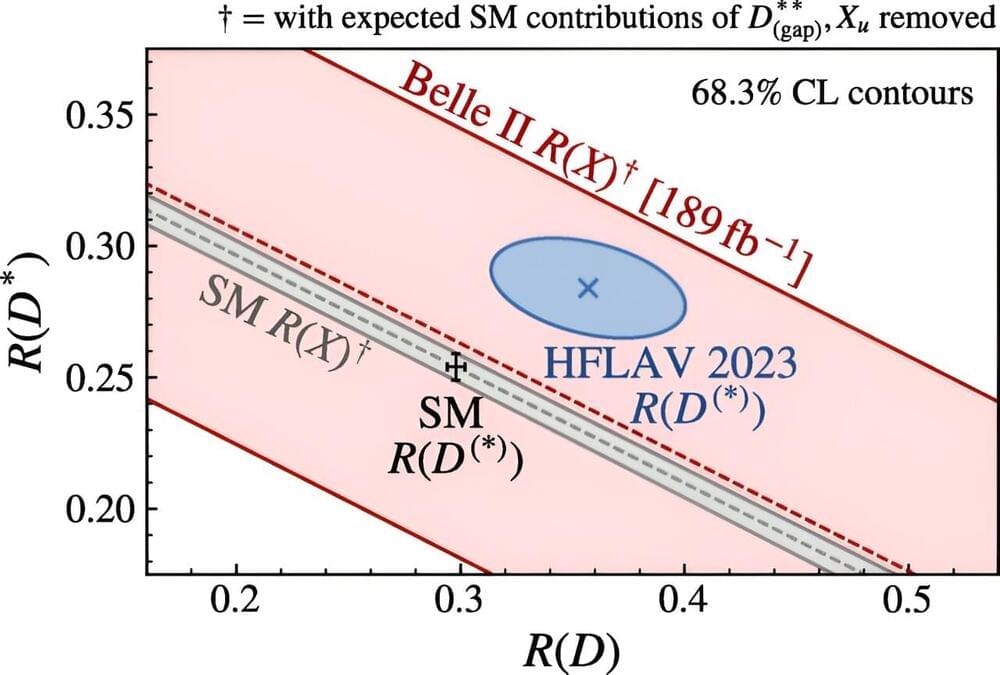Dive into the world of tachyons, the elusive particles that might travel faster than light and hold the key to understanding dark matter and the universe’s expansion. Join us as we explore groundbreaking research that challenges our deepest physics laws and hints at a universe far stranger than we ever imagined. Don’t miss out on this thrilling cosmic journey!
Chapters:
00:00 Introduction.
00:39 Racing Beyond Light.
03:26 The Tachyon Universe Model.
05:57 Beyond Cosmology: Tachyons’ Broader Impact.
08:31 Outro.
08:44 Enjoy.
Visit our website for up-to-the-minute updates:
www.nasaspacenews.com.
Follow us.
Facebook: / nasaspacenews.
Twitter: / spacenewsnasa.
Join this channel to get access to these perks:
/ @nasaspacenewsagency.
#NSN #NASA #Astronomy#tachyons #fasterthanlight #darkmatter #universesecrets #cosmicacceleration #theoreticalphysics #Einsteintheory #supernovae #spacemysteries #cosmology #particlephysics #lightspeed #universeexpansion #sciencebreakthroughs #physicsexplained #futuretechnologies #spaceexploration #cosmos #astrophysics #modernphysics #sciencerevolution #relativitytheory #speedoflight #spacetime #universetheory #quantumphysics #energyphysics #newscience #cosmicphenomena #physicsresearch








